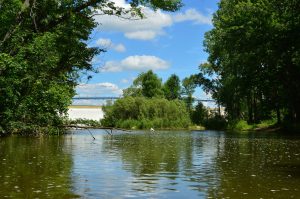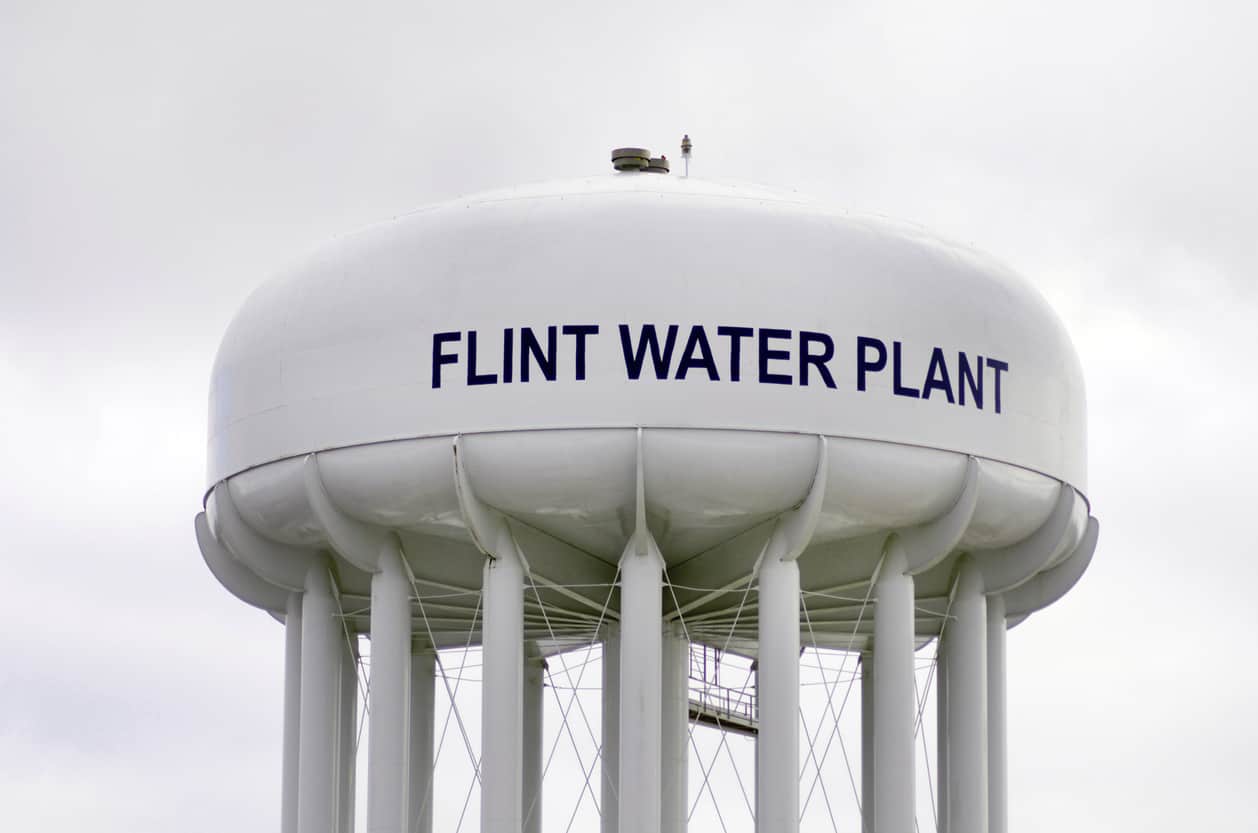Clean Water Technologies
How Technology Can Help Cities Avoid Another Flint Water Crisis |
Article by Jane Marsh |
The green movement is influencing natural resource protection. As the global temperature rises, adverse effects limit individuals’ access to freshwater sources. In answer, ecologists are developing technologies that improve urban water supplies.
Many engineers and scientists evaluate the Flint Water Crisis while designing their water purification technologies. The systems assess ways to improve public health and well-being by minimizing contamination. Before individuals consider the different filtration technologies, they must examine the effects of the Flint Water Crisis.
What Is the Flint Water Crisis?

In 2014, residents of Flint, Michigan, began noticing changes in their water supply. Before individuals experienced the differences, the city changed its water supply from the Detroit system to the Flint River in order to save money. Flint is a working-class community with a lower-than-average income.
The government saw the community’s health as less of a priority than more developed regions. Officials failed to monitor the new water supply’s safety, which led to adverse effects. After consuming the water, residents began feeling sick and reported rashes, hair loss, and itchy skin.
Even after multiple claims, the local government continued supplying Flint with contaminated water. Residents consumed the water supply for years and some eventually developed Legionnaires’ disease. The effects killed 12 individuals and left 87 with severe illnesses.
Environmental scientists explored Flint’s challenges to create preventive technologies. Engineers and ecologists are applying the systems to protect all communities equally. There are six technologies purifying water sources to avoid a recurrence of the Flint Crisis.
AI Water Monitors
Scientists are using artificial intelligence (AI) to support filtration systems in the digital age. After the Flint Water Crisis, the University of Michigan and Google teamed up and created advanced purification technology. The AI system determines which of Flint’s 55,000 houses have lead pipes.
The technology is 97% accurate at preventing lead poisoning. Switching the water supply and replacing lead pipes can effectively protect Flint’s citizens from adverse health effects. The AI system explores the residual effects of the contaminated water source on residents’ lines.
The Flint Action and Sustainability Team (FAST) received $100 million from the government to apply the technology and replace lead-containing pipes. When corporations like Google advocate for underserved communities and advance AI technology, the government understands the severity of the ecological issue.
Other scientists are developing systems to detect and remove bacteria, further protecting residents.
Bacteria Detection System
Scientists are using membrane concentration technologies to identify specific pathogens and contaminants in water sources. Professionals sample water supplies using hollow-fiber and ultra-filtration methods. Individuals may identify bacteria and viruses in the samples using the detection technology. They can also use the system to identify and remove harsh bacteria from local supplies.
Sampling professionals may use detection technology to locate Escherichia coli (E. coli) in water sources. This bacteria may cause mass illnesses which cause cramping, vomiting, and fever.
Another bacterium the technology can detect to increase health and safety is heterotrophic bacteria. Heterotrophic bacteria are less harmful than E. coli. Scientists assess heterotrophic bacteria levels to identify the potential for other contaminants to reproduce.
Environmental engineers create purification systems using reverse osmosis to remove bacteria and other impurities from water sources.
Reverse Osmosis
Filtration professionals use reverse osmosis to convert ocean water, wastewater, and other sources into drinkable resources. The technology uses a semipermeable membrane to capture and store solutes. Reverse osmosis systems effectively purify water sources and protect individuals’ health.
The technology can also increase a community’s access to safe drinking water. In areas like Flint, where freshwater sources carry contaminants, individuals can use reverse osmosis to convert ocean water into a potable resource. Freshwater only makes up about 1% of Earth’s water supply.
The remaining water resides in the oceans and icecaps. Using advanced technology helps prevent adverse health effects and communities’ reliance on contaminated water sources. Scientists are also utilizing ultraviolet (UV) rays to avoid another Flint Water Crisis.
UV Water Treatment
Purification professionals are using the germicidal properties of ultraviolet (UV) light to kill microorganisms. The wavelengths ranging from 200 to 300 nanometers eliminate nearly all contaminants. UV light eliminates a microorganism’s ability to reproduce, protecting the current and future water supply.
Professionals could utilize UV filtration technology at water treatment plants to prevent mass contamination. Flint’s plant can install a light system and protect its citizens from adverse health effects. Many green city developers are utilizing such purification technologies to support sustainable systems.
Supporting Green Cities With Purification Technology
Green cities support modern urbanization while minimizing adverse ecological effects. Developers are implementing water purification technologies to eliminate surface-level pollution. Some professionals are even utilizing the systems to convert contaminated water into energy.
Generating power from wastewater decreases a community’s reliance on fossil fuels. The technologies can lower surface and atmospheric degradation over time. Regions may also pair their AI filtration technology with smart city systems to safeguard a community’s health and well-being.
Article by Jane Marsh
Jane works as an environmental and energy writer. She is also the founder and editor-in-chief of
